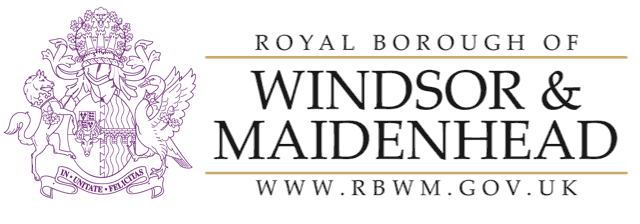 Murals in Northern Ireland have been a powerful means of communication by both sides of the conflict, dating back as far as 1908. Full of military, historical and iconic symbolism they are typically painted on the end of housing terraces. Staking territory and affiliation, they also recorded and were repainted to reflect political developments. In more recent years a new type of mural has begun to emerge that reflects changing times and an optimism about peace. The children of Dedworth Green First School recognised this shift of attitude and designed murals depicting doves, rainbows and children. It is these images that appear as murals in the final illustration along with other symbols of significance to all people who live in the affected communities of Northern Ireland. The honeycomb paving pattern references the hexagonal rock formation of the Giant's Causeway which in Irish mythology was built as a land bridge between Scotland and Ireland by Fionn mac Cumhail (also known as Finn MacCool) and the giant Benandonner. The terraces are also linked by a traditional stone bridge in the landscape behind. The children are watching a hare, an ancient symbol in many cultures and strongly associated with Ireland. It is surrounded by a linen or flax plant - linen has long been an important industry in Ireland and is the emblem of the Northern Irish Assembly. The shamrock featured is a familiar Irish symbol. The other plant is gorse, an enduring native shrub.
Murals in Northern Ireland have been a powerful means of communication by both sides of the conflict, dating back as far as 1908. Full of military, historical and iconic symbolism they are typically painted on the end of housing terraces. Staking territory and affiliation, they also recorded and were repainted to reflect political developments. In more recent years a new type of mural has begun to emerge that reflects changing times and an optimism about peace. The children of Dedworth Green First School recognised this shift of attitude and designed murals depicting doves, rainbows and children. It is these images that appear as murals in the final illustration along with other symbols of significance to all people who live in the affected communities of Northern Ireland. The honeycomb paving pattern references the hexagonal rock formation of the Giant's Causeway which in Irish mythology was built as a land bridge between Scotland and Ireland by Fionn mac Cumhail (also known as Finn MacCool) and the giant Benandonner. The terraces are also linked by a traditional stone bridge in the landscape behind. The children are watching a hare, an ancient symbol in many cultures and strongly associated with Ireland. It is surrounded by a linen or flax plant - linen has long been an important industry in Ireland and is the emblem of the Northern Irish Assembly. The shamrock featured is a familiar Irish symbol. The other plant is gorse, an enduring native shrub.
Northern Ireland
Table of Contents
Outdoor facilities : Contact details
For further information, please contact us by:
Outdoor Facilities - Royal Borough of Windsor and MaidenheadTown Hall, St Ives Road
Maidenhead SL6 1RF
Telephone: 01628 796482
